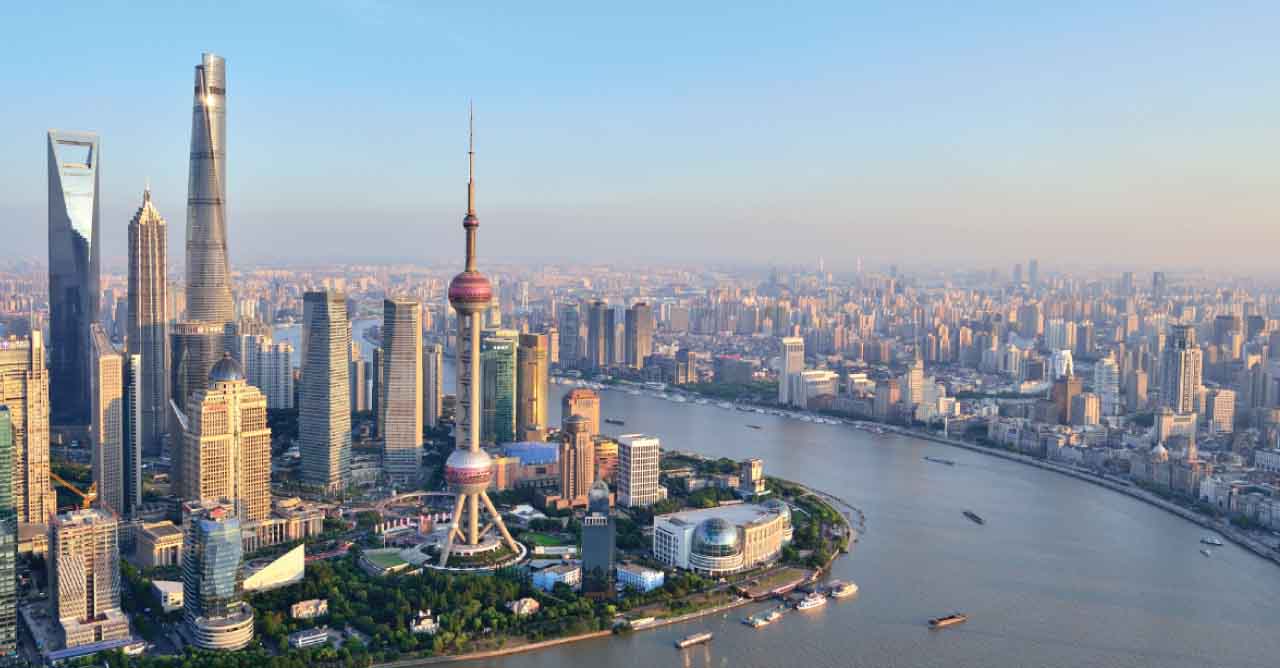- Article

- Growing my Business
- Seeking New Opportunities
China’s economy is set for a strong growth rebound
The world’s second-largest economy is set for a strong growth rebound on the back of pent-up demand and new business-friendly regulations.
China’s economy will emerge from COVID-19 and rebound strongly in the coming months as the reopening is progressing faster than expected and consumption is expected to come back with new strength.
Once the pandemic-related disruptions settle and tourism resumes boosting other business sectors, the Chinese economy could see a growth rebound in the second and third quarters of 2023, according to HSBC Global Research.
It may be several months before the economy reaches a broader phase of recovery. However, activity has rebounded in cities which have passed the peak of the first wave, according to HSBC research.
China’s recovery may be very strong due to pent-up demand. Consumption has been a laggard so far but a recovery to the pre-pandemic growth level of 8% is expected in 2023.
HSBC expects to see strong pent-up demand for activities and consumption which previously faced restrictions. The economic recovery should boost incomes and improve the consumption outlook, while households can also draw on the RMB6.6trn in excess savings accrued over the past three years.
A strong rebound in China will be great news for economies that are exposed to China via commodities, manufactured goods and tourism, but it could also cause huge complications for global disinflation efforts.
However, COVID developments and the country’s troubled property sector, which accounts for a quarter of GDP, remain the main downside risks for China’s economy going forward, HSBC economists also said.
The good news is that there has been a significant turnaround in the direction of policy in recent months.
Since November 2022, policymakers have called for a stabilization in the housing market and have taken a ‘three arrows’ approach to help the supply side – credit support, bond financing and equity financing, as well as lifting various purchase restrictions and increasing leverage to stimulate demand.
Overall, reopening will be the dominant theme in 2023 and going into 2024, boosting GDP growth to 5 percent and 5.8 percent year-on-year in 2023 and 2024, respectively, according to HSBC Global Research.
Transforming supply chains
With heightened geopolitical tensions following Russia’s conflict in Ukraine and other supply chain disruptions, decoupling has increasingly surfaced as a trend to watch.
Significant transformation of existing supply chains is underway globally and especially in China, where foreign firms coped with extensive lockdowns last year.
Sixty-five percent of Chinese respondents in the EY Industrial Supply Chain Survey say they have near- or re-shored operations in the last 24 months. Seventy-five percent say they have made significant supplier base changes over the same period.2
However, given the size and growth profile of its market, the need to have a footprint in China precludes full switch to another country by any company aspiring to compete against strong domestic players.
Rather, more measured adjustments such as China Plus One strategies will be increasingly adopted by foreign firms to preserve past investments and market access while also improving supply chain resilience, according to EY.
New business-friendly regulations
Several new laws and regulations such as on encouraging foreign investment and trade tariffs that impact doing business in China came into force on January 1, 2023, affecting foreign investors and companies engaging in various business activities.
The newly released Catalogue of Encouraged Industries for Foreign Investment contains a total of 1,474 items, an increase of over 19 percent from the 2020 version.3
The document shows China’s plans to attract foreign investment into high-tech manufacturing and production-oriented service industries, as well as advanced industries in the central, western and northeastern regions.
Business opportunities also exist in industries linked to sustainable development, healthcare, elder care, sports, vocational education and rural revitalisation, according to professional services firm Dezan Shira & Associates, which assists foreign investors in China.
The government has also adjusted import and export tariffs with 1,020 commodities subject to provisional import tariff rates that are lower than most favoured nation (MFN) tariffs, including anti-COVID medications.
On the other hand, the import and export tariffs of some commodities have risen to support growth of domestic industry.
On July 1, 2023, China will begin implementing another stage of MFN duty rate reduction on 62 items related to information technology, significantly reducing the country’s total tariff level.
The world’s second-largest economy is expected to introduce a few new taxes in 2023 to support industrial development as well as scientific and technological progress. Purchases of new energy vehicles will also continue to be exempted from vehicle purchase tax this year to boost the sector.
China’s extensive supplier networks, flexible and able workforce, large and efficient ports and transportation infrastructure, and support for new technology industries mean that the country will remain a highly competitive global player in the coming years.
Interested in investing or trading with Chinese businesses and need support? Talk to our expert today to help you open up a world of opportunity.


